Fowl Cays National Park in Abaco is home to one of our coral nurseries, consisting of five nursery trees situated in 20ft of water. Installed in May 2019, the tree nursery was built and installed in partnership between the Perry Institute for Marine Science (PIMS) – Reef Rescue Network (RRN), Friends of the Environment, DiveTime and Dive Guana. Students from Long Bay school and Middlebury college were also involved in the construction of the nursery as part of educational programs hosted at Friends of the Environment’s Kenyon Center. Once the trees were completed and installed, coral fragments were collected from tagged colonies at Sandy Cay reef. Five Colonies of Acropora cervicornis, staghorn coral, had previously been genetically tested to establish five genotypes. These five genotypes provided individual colonies for the five new trees.

Long Bay School Students assist in building the coral nurseries at Friends of the Environment Abaco, May 2019.
Sandy Cay reef is part of the Pelican Cays Land and Sea Park in Abaco. This shallow reef has a max depth of 30ft with corals breaking the surface at low tide. A site of significant interest as many varieties of coral flourish in the area including large colonies of staghorn and elkhorn corals. These colonies appear to have adapted well to the warmer sea temperatures, making them ideal for growing in nurseries to produce more heat tolerant corals for outplanting in other areas.

Friends of Environment educator Lianna Burrows helps to populate the nurseries with corals, May 2019.
Fowl Cay National Park is also a relatively shallow reef system with some healthy branching corals but has seen some decline in staghorn over recent years, making it an ideal location for a nursery and outplant site to assist in rehabilitating the area. The five new trees were installed at a shallow site with three trees parallel to the reef 15ft out and two trees parallel to those approx. 30ft out from the reef. Coral fragments were then used to populate the trees with 50 fragments per tree. Partners maintained the nursery through monthly visits to clean algae from the structures.

Sandy Cay Reef is a stunning area of magnificent biodiversity.
On September 1st, 2019, Hurricane Dorian made land fall on the Abaco Cays and central Abaco. Dorian was the most powerful and destructive hurricane to make landfall in The Bahamas, with sustained winds of 185mph, wind gusts in excess of 200mph, tornadoes, huge waves and a 20ft storm surge. We did not imagine the nursery could have survived. Dorian devastated the Cays and much of the Abaco mainland, despite the terrestrial devastation reef surveys in September 2019 carried out by PIMS staff found that physical reef damage was thankfully less than expected. Due to the challenges of post Dorian life in Abaco and then COVID19 it was just over a year later, October 2020, we were able to return to the nursery site.
We were amazed to find the nursery had survived Hurricane Dorian!




Coral fragments had grown well despite the hurricane and lack of diver maintenance after Hurricane Dorian.
We found all five trees intact with the three trees closet to the reef having some algae covering the PVC and monofilament lines, most of the corals not only were still there but had significant growth. The two trees further out were heavily overgrown with algae, with some mortality. Despite the passing of such a powerful hurricane and a year without the usual cleaning and maintenance, the nursery had overall a 75% survival rate. The overgrown trees were those further from the reef, this illustrates that herbivores play an important role in keeping the algae down and assisting us with the cleaning of the nursery. We have now moved the outside trees closer to the reef to allow cleaning by herbivores. We continue to clean, maintain and repopulate the nursey with our next major event to be outplanting new corals to the reef, helping to reverse the decline of our coral reefs. Please support our Reef Rescue Network coral nurseries by donating to The Perry Institute for Marine Science via the donation page on our website.
We were amazed to find the nursery had survived Hurricane Dorian!


Trees further from the reef were overgrown with algae (left photo) however thankfully many coral fragments survived. Those near the reef were kept clean by herbivores such as blue tangs (right photo).
All photos in this article by Hayley-Jo Carr & Michael Sherratt.
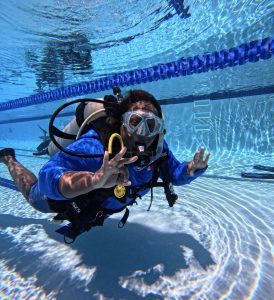
PIMS and Disney Conservation Fund Partner to Train 19 Government Divers
PIMS dive training in Nassau strengthened national coral restoration capacity across government agencies. Bahamas Dive Training Builds National Coral Restoration Capacity Last fall, between the months of September and October,
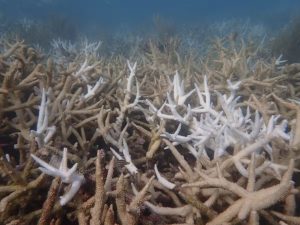
Florida’s Coral Reef Crossed a Line: What Functional Extinction Really Means for Elkhorn and Staghorn Corals
Reefs didn’t just bleach. They functionally vanished in one summer. A new Science study co-authored by researchers from the Perry Institute for Marine Science (PIMS) has found that Florida’s two
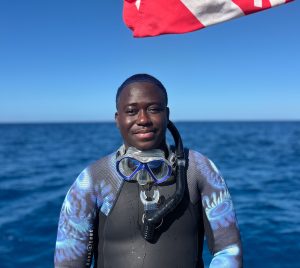
Q&A: Understanding the IDC Course at PIMS with Duran Mitchell
A former aquarist turned coral conservationist, Duran is passionate about understanding how all marine life connects. PIMS & IDC: Empowering New Dive Instructors for Marine Conservation PIMS & IDC: Empowering
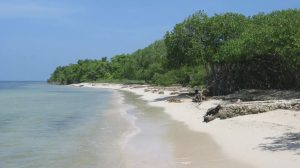
Forbes Shines a Spotlight on Coral Reef Restoration in the Caribbean
When Forbes highlights coral reef restoration, it signals something powerful: the world is paying attention to the urgent fight to protect reefs. And solutions are within reach. Recently, Forbes featured Dr. Valeria
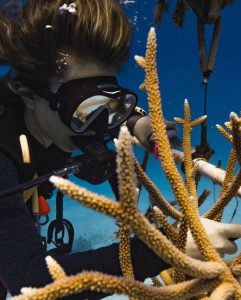
New Reef Rescue Diver Course: Volunteer in Coral Reef Restoration Abroad
Coral reefs are often called the rainforests of the sea—complex ecosystems that shelter a quarter of all marine life, feed millions of people, protect coastlines from storms, and attract travelers
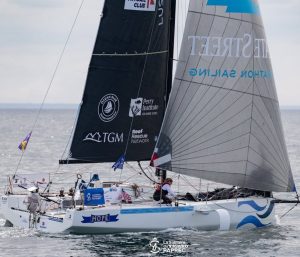
PIMS & RRN Partner with Erica Lush in La Solitaire du Figaro
Racing for Resilience: PIMS & RRN Partner with Erica Lush in La Solitaire du Figaro From coral nurseries to Europe’s hardest solo offshore race; why our science belongs at sea.
